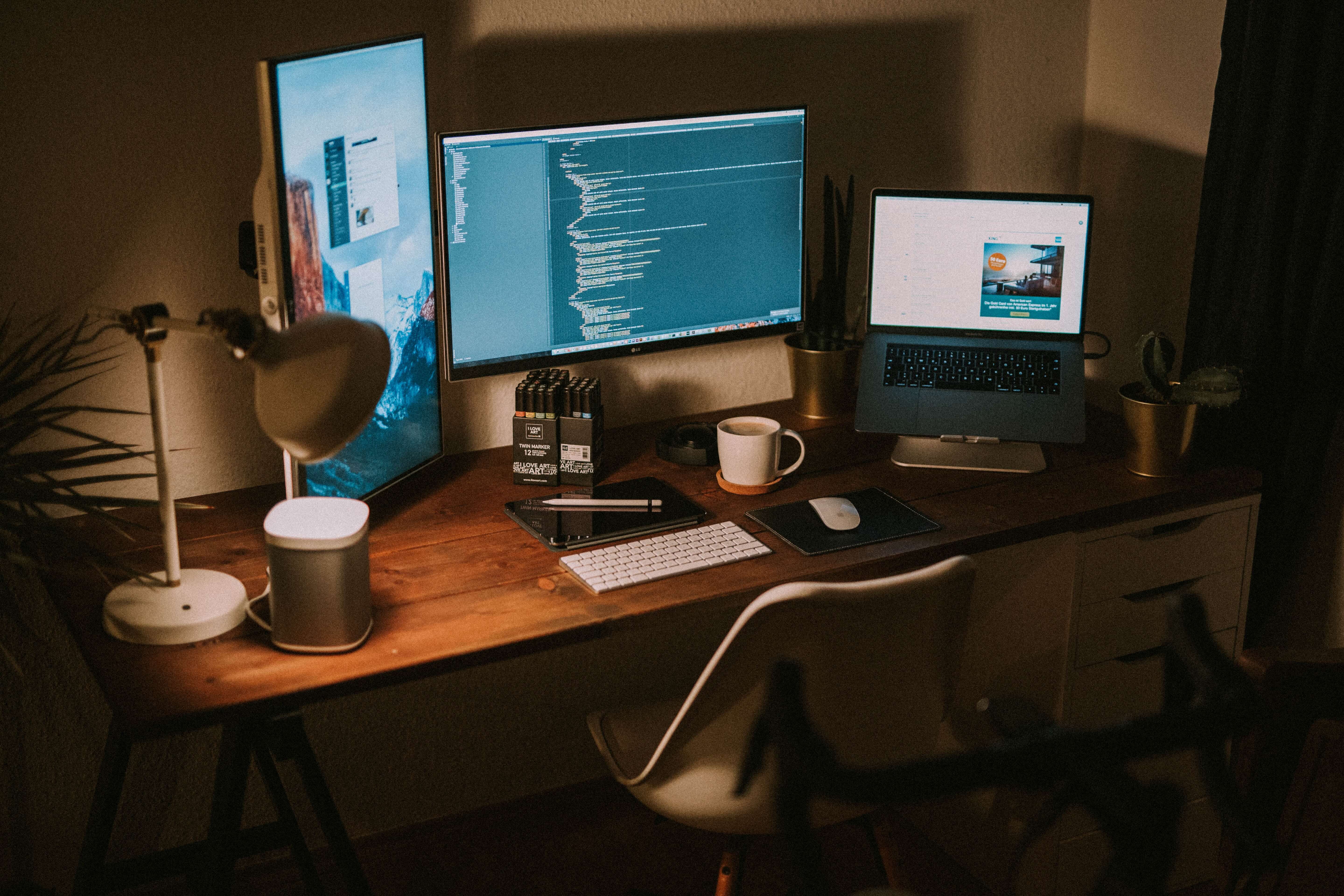Ever since our phones became video recording devices, we have seen images of Black people being beaten up and murdered. In the name of “awareness,” people—especially those of us who are white—continue sharing these videos across social media. People need to stop. Now.
Why must we stop, you might wonder? When you click that “share” button and express your horror and outrage, maybe your intentions are good. Maybe you just want your friends and family to “get it” that racism is real and people are dying. Maybe you want to educate people who don’t already know. Or, maybe you want to process your own response to the violence the videos show.
Those intentions may be good—we white people should be educating each other, and we also should be processing the trauma in our bodies from generations of white supremacy—but the impact is bad.
I’ll be honest. I want to scream and yell at people who share these videos. YES! This is horrible beyond words. But there are so many reasons we should not share the videos. Here are just a few, with links to the Black and brown-bodied people who are telling us to STOP SHARING THE VIDEOS:
- These videos are “fodder for a sick sort of voyeurism,” April Reign wrote in the Washington Post. (Reading the reasons in her op-ed would probably be a better use of your time than reading my words.) Here are a couple key points:
- It harms the family of the victims and survivors—imagine your loved one in the place of the victim/survivor? How would it feel to you?
- It will not change people’s minds—people who don’t believe racism is a systemic system of oppression will not begin seeing the truth because they watch someone being beaten or killed.
- Sharing the videos allows us, white people, to “engage in some performative concern over the death,” writes Elie Mystal in The Nation. Or, what Latham Thomas (founder of the site Mama Glow) calls “optical allyship.” Regardless of our intentions, sharing the videos and our responses to it does nothing to help dismantle white supremacy and it will likely feed our addiction to whiteness; in other words, we might feel a little “better” because we’ve “done something” when we feel helpless. It changes nothing but our feelings, if that.
- It can make us numb, writes Roxane Gay, in her New York Times op-ed: “I don’t think we could have imagined that video of police brutality would not translate into justice, and I don’t think we could have imagined how easy it is to see too much, to become numb. And now, here we are.” This “numbness,” can lead us white people to turn away from anti-racism work in our lives, returning us to apathy.
- Perhaps the most important reason to STOP SHARING THESE VIDEOS is it hurts Black people, especially. Anyone with a heart feels pain and sadness when viewing these videos. But Black people are telling us that the videos being shared this way is traumatic for them. They are telling us over and over again. This article shares just a few examples.
We White people have a long history of watching the torturing and killing of Black people (warning: this link has images of lynching). They were sometimes set up as entertaining events, with picnics and music. They were not all hidden in the dark by bad men in white hoods. This is a truth all White people need to wrestle with. Anti-lynching bills are important, but we need to refuse NOW to attend these public viewings. If you like to imagine you would not have attended a lynching in the past, then you should not share these videos today.
If this piece or this blog resonates with you, please consider a one-time “tip” or become a monthly “patron”…this space runs on love and reader support. Want more BGIM? Consider booking me to speak with your group or organization.
Comments will close on this post in 60-90 days; earlier if there are spam attacks or other nonsense.
